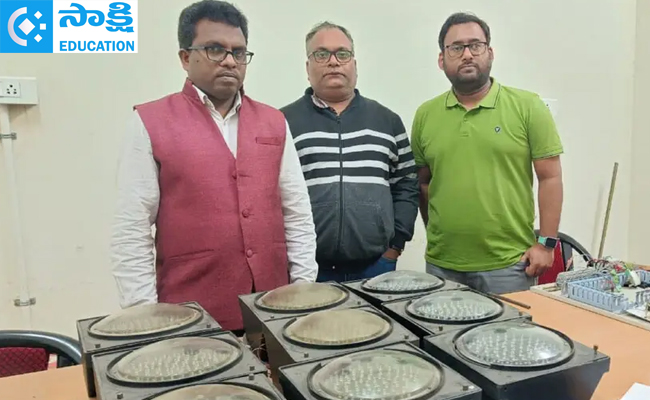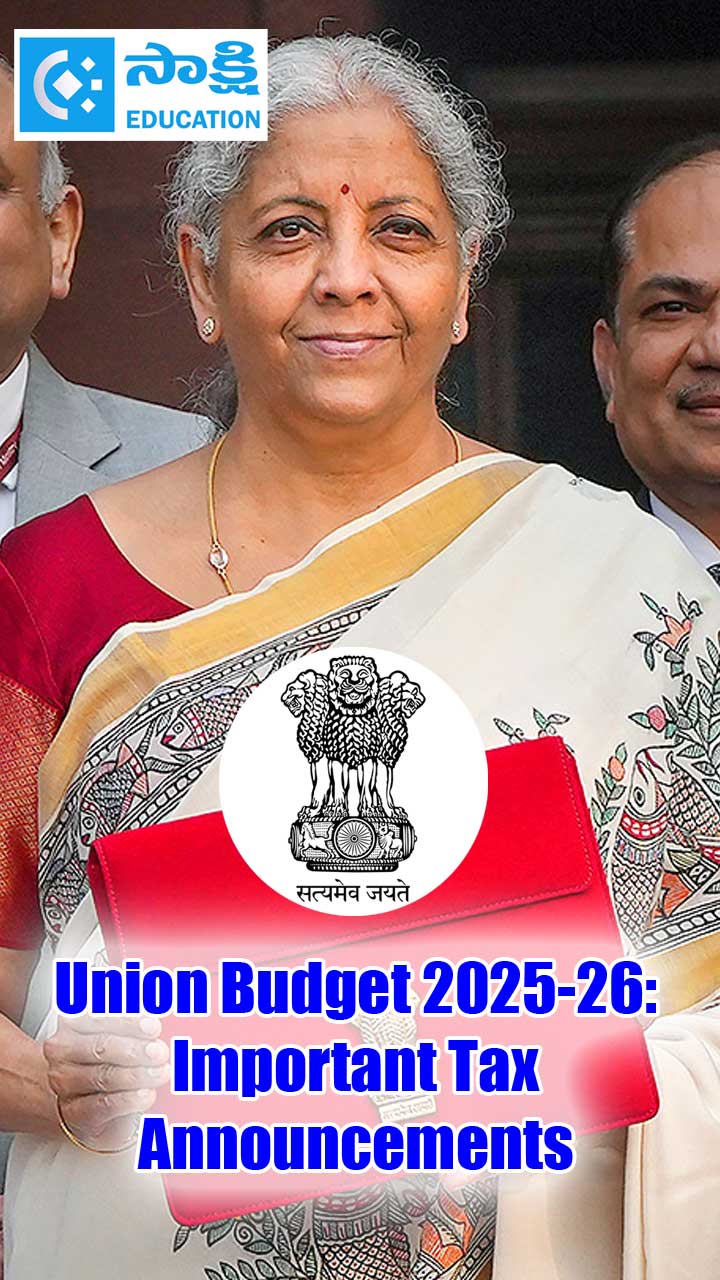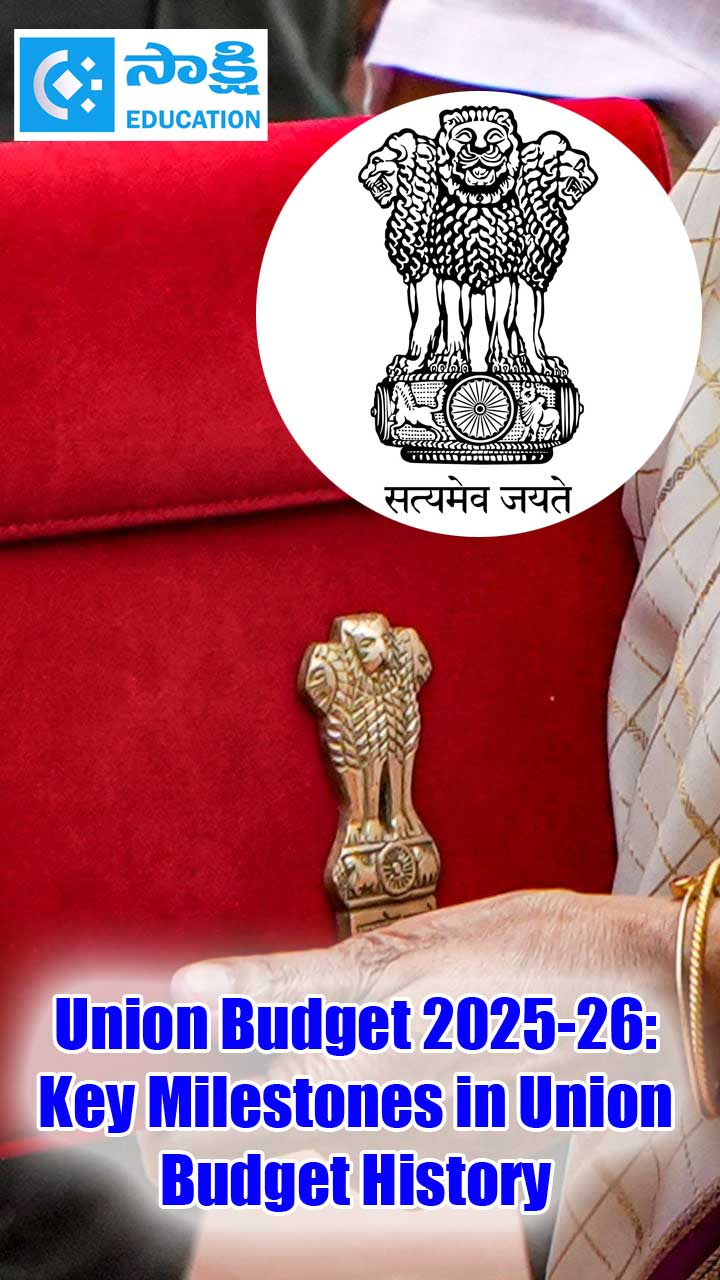NIT Rourkela Develops Cutting-Edge Traffic Management Solution Using Deep Learning Models

The findings of this research have been published in the prestigious journal, IEEE Transactions on Intelligent Transportation Systems, in a paper co-authored by Dr. Santos Kumar Das, with his research scholars Mr. Prashant Deshmukh, Mr. Krishna Chaitanya Rayasam, along withProf. Upendra Kumar Sahoo, from ECE, NIT Rourkela, and Prof. SudhanMajhi, fromIISc Bangalore.
While IVD systems perform well in developed countries with organised traffic, they face challenges in developing nations with mixed traffic. In countries like India, a wide variety of vehicles—from cars and trucks to cycles, rickshaws, animal carts, and pedestrians—often operate in proximity, making accurate vehicle detection difficult.
Traditional IVD methods, including sensor systems such as radar and Light Detection and Ranging (LiDAR), are effective in controlled environments but struggle in adverse weather conditions such as dust or rain. Moreover, these systems are expensive to install. Video-based systems hold greater promise, especially for India, but traditional video processing techniques struggle with fast-moving traffic and demand significant computational power.
Also Read: UPSC Civil Services Notification 2025 out for 979 Vacancies
Deep learning (DL) models, a type of Artificial Intelligence (AI) that learns from existing data, provide an efficient way to detect vehicles in video feeds. These models use Convolutional Neural Networks (CNNs) to identify and analyse traffic images. However, they often fail to accurately detect vehicles of varying sizes and angles, particularly in busy, mixed-traffic environments. Additionally, there is a lack of labeled datasets designed for such complex conditions.
To address these challenges, Prof. Santos Kumar Das and his team developed the new MCVD model, which uses Video Deinterlacing network (VDnet) to efficiently extract key features from traffic images, even when vehicles vary in size and shape. They also introduced a specialised tool called Light Fusion Bi-Directional Feature Pyramid Network (LFBFPN) to further refine the extracted details.
Also Read: IIT Madras admits Five National Athletes under its ‘Sports Excellence Admission’
Explaining the innovation behind the model, Prof. Santos Kumar Das, Associate Professor. Dept. of Electronics & Communication Engineering, NIT Rourkela, said,“What makes LFBFPN unique is that it uses a simpler method, reducing the complexity of the model without sacrificing its accuracy. The system then processes the details through another tool called Modified Vehicle Detection Head (MVDH), which helps it accurately detect and classify vehicles in all kinds of traffic situations.”
The MCVD model demonstrates an accuracy improvement compared to existing methods. The team tested the model using the Heterogeneous Traffic Labeled Dataset (HTLD), which includes data from several cities across India and is available for public use. The model’s real-time performance was also evaluated on the Nvidia Jetson TX2, an edge computing device, where it maintained strong speed and accuracy even under challenging weather conditions and with low-resolution images.
Speaking about the impact of this research, Prof. Das added, “By overcoming the limitations of older models and addressing the unique challenges of mixed traffic, the MCVD model offers a scalable option for real-time vehicle detection in developing countries. Its use could help improve traffic systems, reduce congestion, and enhance road safety.”
The research team is further working on developing a traffic control system based on this idea and is also planning to commercialise it through a start-up.
Tags
- NIT Rourkela
- Cutting-Edge Traffic Management Solution
- AI-based vehicle detection model
- traffic management
- Multi-Class Vehicle Detection
- Light Fusion Bi-Directional Feature Pyramid Network
- Prof. Santos Kumar Das
- Department of Electronics & Communication Engineering
- Intelligent Vehicle Detection
- Mr Prashant Deshmukh
- Mr Krishna Chaitanya Rayasam











